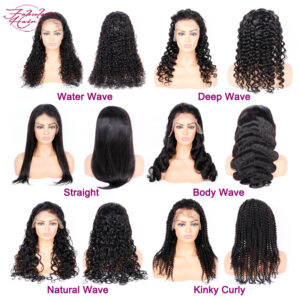
If you’ve had recent trouble finding a wig for your next install, blame the novel coronavirus. Back in March, China increased its restrictions on imports making receiving the hair extensions a hassle for many. Vendors took to the app AliExpress to purchase hair extensions, lace products and virtually anything to explain that the delay in shipping orders is not in their control.
“They kept telling me that the coronavirus is stopping everything,” said aspiring hairstylist Esther Francois, who utilized Instagram to get the company’s attention when her emails were not attended to.
In their initial pause of production, citizens of China were not allowed to leave their houses for work in an effort to contain and lessen the numbers of COVID cases. While this may have helped keep their areas clean, the hair industry saw immediate impacts as the demand by consumers continued to increase.
From the delay in shipping to a complete stoppage in production, multiple vendors are not sure how long it will be until they get more inventory.
In an interview with Hypehair, Tim Starks, founder of Ellagant Hair and CMO of hair distributor Lyrical Hair, said, “There is a lace shortage. Swiss lace comes from Switzerland and right now, the factories in Switzerland are sold out.”
The shortage also includes HD, transparent, and premium quality lace used for lace front wigs, full lace wigs, frontals, closures and more.
Due to this shortage many companies and resellers are increasing their prices in an effort to obtain the money lost in recent months. Many stylists are now charging double and triple the original cost of wigs, making potential clients second guess their hair appointment.
“I was OK with paying $300 for the hair plus install because I trust my stylist and the quality was always worth it, but there’s no way I’m spending $700 just to get my hair done,” said Saufia Demetrius.
“I understand there’s a drought but why should I spend extra if it’s still going to last the same amount of time and look the same way. I might figure out how to do my own hair or just go back to box braids because this isn’t getting better anytime soon,” Demetrius added.
Vendors worldwide suggest taking proper care of all lace products and limit the amount of glue used to install wigs in an attempt for them to last longer.
This decline in production may mean we’ll see an increase in protective styles, but with no certainty on when demands will be met, wig vendors and lace factories still have no answers.